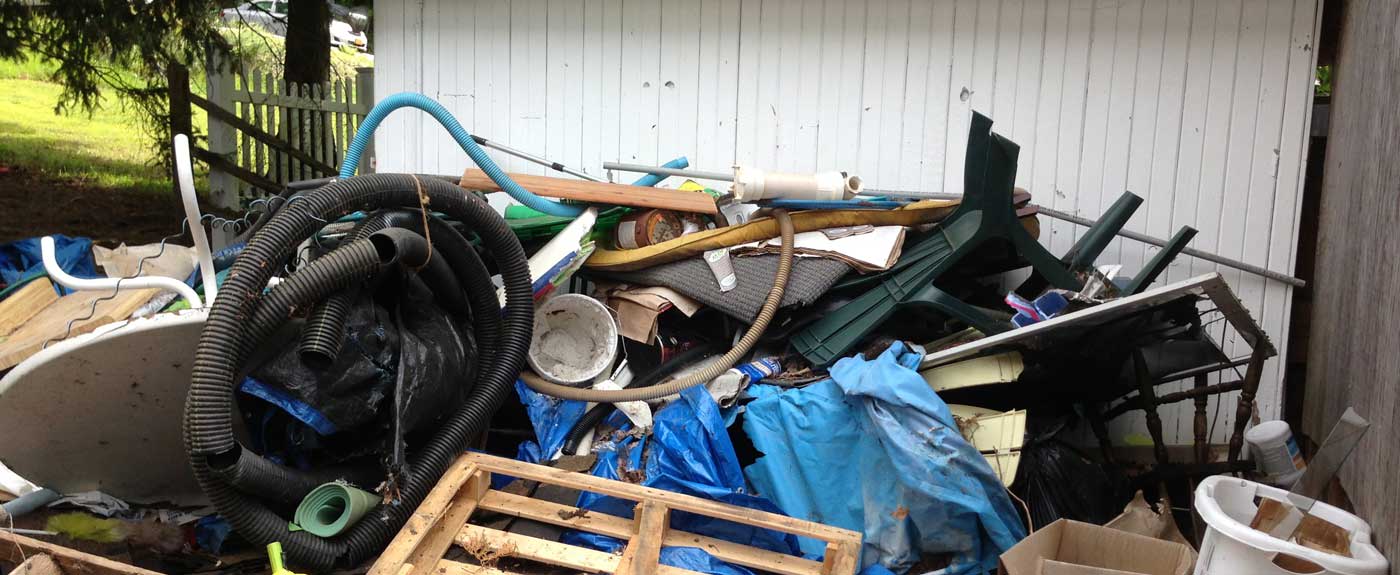Expert Waste Monitoring Approaches Customized for Industrial Setup
Customizing waste management strategies to suit the special demands of industrial settings is not just useful but important for keeping functional effectiveness and ecological sustainability. The quest for better waste management in industrial setups entails a thorough method that stabilizes governing conformity, cost-effectiveness, and environmental responsibility.
Relevance of Tailored Waste Monitoring
Tailored waste management practices are vital in commercial setups to optimize source use and minimize environmental influence. Industrial procedures create a substantial quantity of waste, ranging from solid results to chemical toxins, positioning a hazard to the atmosphere otherwise managed effectively (Atlanta junk hauling). By customizing waste administration techniques to fit the certain requirements and difficulties of each commercial center, firms can not only abide with guidelines however likewise boost operational effectiveness and sustainability
One trick facet of tailored waste administration is performing a detailed waste assessment to recognize the types and volumes of waste generated. This evaluation allows companies to execute targeted remedies such as reusing programs, waste segregation procedures, and waste-to-energy initiatives. By comprehending the make-up of their waste streams, industrial facilities can create affordable methods to decrease waste generation at the resource, leading to long-lasting environmental advantages.

Sorts Of Hazardous Waste
What are the numerous classifications of hazardous waste commonly created in manufacturing procedures? Hazardous waste can be identified right into a number of primary groups based on its composition and features. Dangerous waste is one of the most vital types, consisting of chemicals, solvents, heavy steels, and various other materials that posture a risk to human wellness or the environment. This category commonly needs special delivery and disposal methods to protect against contamination and make certain safety and security.
An additional typical sort of industrial waste is non-hazardous waste, which includes products like paper, plastics, and packaging waste. While non-hazardous waste may not position immediate threats, appropriate administration is still vital to decrease garbage dump usage and advertise recycling and sustainability methods.

Hazardous Waste Handling Procedures
Efficient administration of contaminated materials in industrial settings requires strict adherence to developed dealing with procedures to mitigate dangers and guarantee environmental security. Dangerous waste handling treatments involve a number of essential steps to lessen the possible effect on human health and wellness and the atmosphere. First of all, correct recognition and classification of unsafe waste are essential. This includes determining the characteristics of the waste to ascertain the proper handling, storage, and disposal approaches.
Secondly, as soon as identified, contaminated materials needs to be carefully segregated from non-hazardous waste to stop contamination and guarantee proper treatment. Storage space of hazardous waste ought to adhere to regulations relating to control, labeling, and compatibility to stop leaks, spills, or various other incidents that could threaten employees or the setting.
Furthermore, dealing with treatments need to consist of the use of personal protective devices, worker training, and emergency situation feedback methods. Regular inspections, tracking, and paperwork of harmful waste handling tasks are critical to keeping compliance and determining locations for enhancement. By complying with these structured procedures carefully, commercial facilities can efficiently handle contaminated materials and support their commitment to environmental stewardship.
Implementing Efficient Reusing Practices

To execute reliable reusing practices, industrial centers ought to initially perform a waste audit to determine the kinds and quantities of recyclable materials produced in their procedures. Based upon this audit, companies can after that develop designated reusing terminals, provide proper training to staff members on proper sorting methods, and team up with relied on recycling partners for the collection and handling of products. Additionally, setting certain reusing objectives, tracking progress, and on a regular basis communicating with staff regarding the value of reusing this website are important steps to guarantee the success and sustainability of reusing campaigns in commercial setups.
Surveillance and Continuous Improvement
To make certain the performance and sustainability of waste management techniques in industrial settings, the implementation of robust tracking and continuous enhancement processes is crucial. Surveillance entails monitoring crucial efficiency signs (KPIs) such as waste generation rates, recycling percentages, and disposal costs. Regularly assessing these metrics allows organizations to recognize locations for enhancement and determine the success of executed waste management campaigns.
Continual enhancement is vital for refining procedures gradually. It includes evaluating keeping track of information, determining ineffectiveness, and implementing modifications to enhance waste administration practices better. This iterative technique cultivates a culture of ongoing improvement and technology within the organization.
Using technology like dig this waste tracking software application and IoT sensors can enhance checking efforts, giving real-time data for notified decision-making. Staff member training and engagement likewise play an essential role in guaranteeing the success of surveillance and continuous improvement efforts, as frontline personnel are often essential gamers in waste monitoring processes.
Conclusion
To conclude, customized waste monitoring approaches are essential for industrial settings to successfully manage numerous kinds of waste, consisting of unsafe products. By implementing efficient recycling practices and continuously monitoring and improving waste management procedures, sectors can decrease their ecological influence and make certain conformity with guidelines. It is necessary for firms to focus on waste administration to shield the setting and advertise navigate to this site sustainability in their operations.